Last updated on
Explore the subtle differences between accent and decorative lighting. Dive into enhancing your kitchen’s aesthetic appeal through these two illuminating options.
The kitchen is the heart of every home. It’s where we prepare and share meals with our loved ones, catch up on the day’s events, and create memories that last a lifetime.
As such, it’s essential to have proper lighting in your kitchen to make it both functional and inviting. Regarding lighting design in kitchens, there are two main types: accent and decorative.
While they may seem similar at first glance, these two types of lighting serve very different purposes. In this article, we’ll explore the differences between accent and decorative lighting in kitchens so that you can make an informed decision when designing your dream space.
Key takeaways:
- Accent lighting highlights specific areas or objects.
- Types of accent lighting include track, under cabinet, pendant, and recessed lights.
- Decorative lighting adds style and ambiance to the kitchen.
- Task areas like countertops and sinks benefit from focused illumination.
- Layering different types of lighting creates visual impact and atmosphere.
What's Inside
Accent Lighting: Purpose & Types
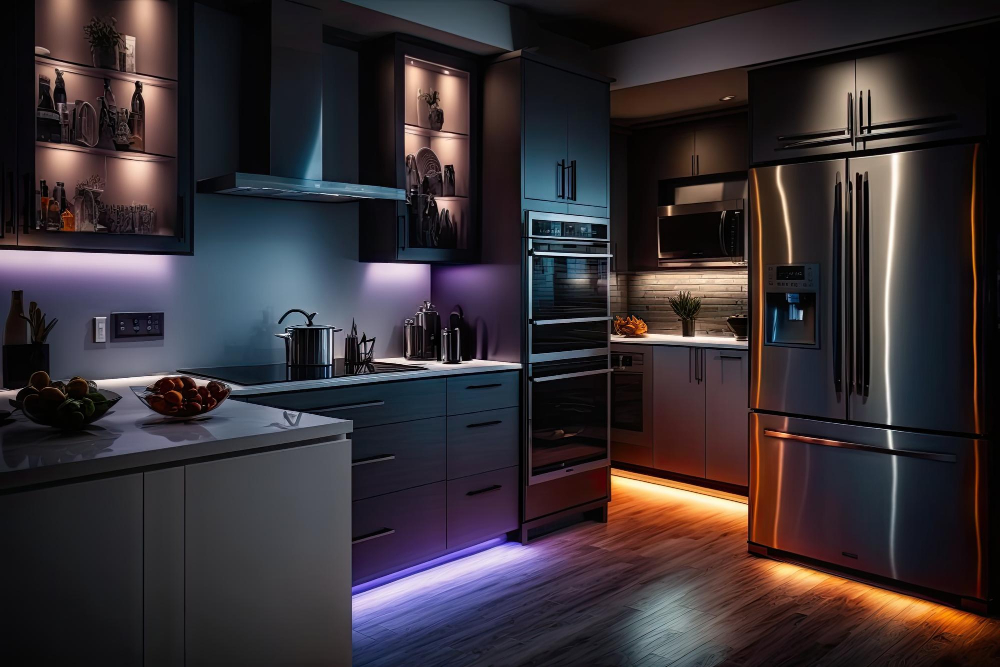
Accent lighting is a type of lighting that highlights specific areas or objects in your kitchen. Its purpose is to draw attention to particular features, such as artwork, architectural details, or decorative elements.
Accent lights are typically brighter than ambient lights and can be used to create visual interest and depth in your space.
There are several types of accent lighting that you can use in your kitchen:
- Track Lighting: This accent light consists of multiple fixtures mounted on a track that can be adjusted individually for optimal illumination.
- Under Cabinet Lighting: These lights are installed underneath cabinets and provide task-specific illumination for food preparation areas.
- Pendant Lights: Pendant lights hang from the ceiling and come in various shapes, sizes, colors & styles; they add an elegant touch while providing focused light over dining tables or islands.
- Recessed Lights: These small fixtures sit flush with the ceiling surface, creating a clean look while highlighting specific areas like countertops or backsplashes.
Decorative Lighting: Function & Styles
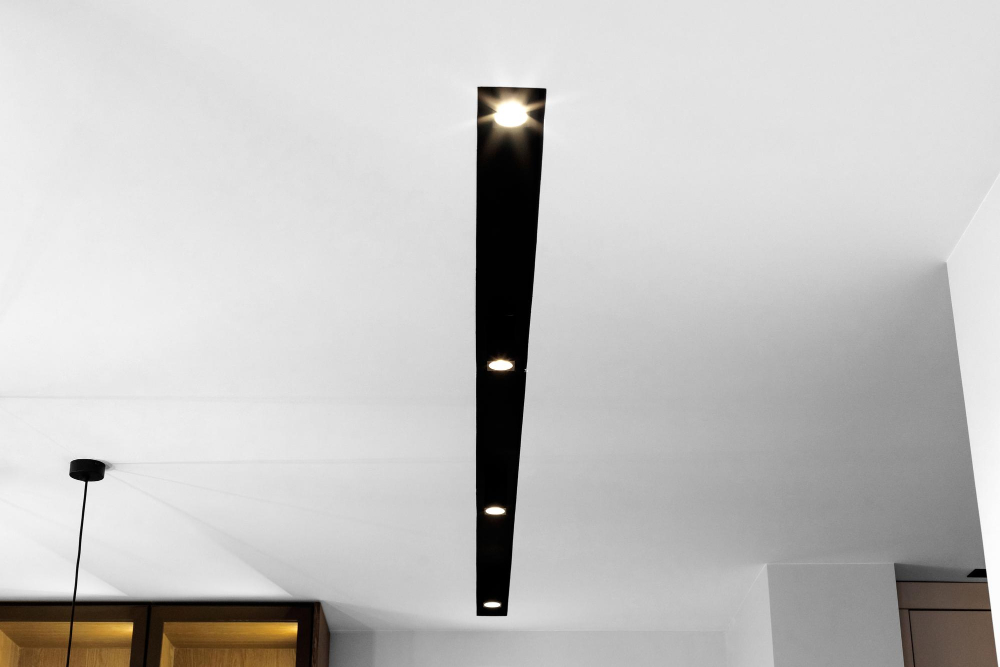
It’s the perfect way to showcase your unique taste and create a warm, inviting atmosphere that reflects your style. Decorative lights come in various styles, from traditional chandeliers to modern pendant lights, making it easy to find something that suits your design preferences.
When choosing decorative lighting for your kitchen, consider the function of each fixture carefully. For example, suppose you have an island or breakfast bar in the center of the room where people frequently gather during meal prep or entertaining guests. In that case, installing pendant lights above them can provide functional task lighting and add visual interest.
Another popular option is under-cabinet lighting, which adds ambiance and provides much-needed illumination on countertops while cooking meals or preparing food items like chopping vegetables, etc.
Kitchen Task Areas: Illumination Needs
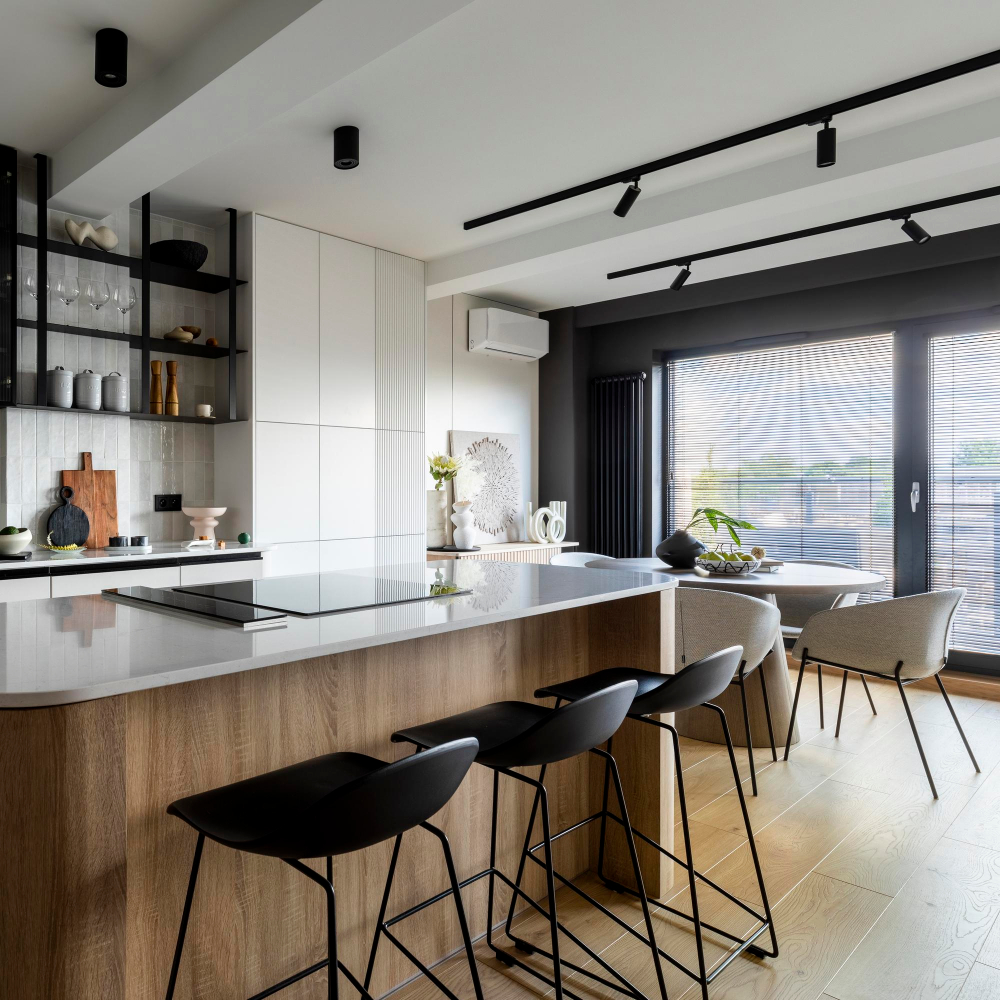
Task areas such as countertops, sinks, and stovetops require bright and focused illumination to ensure safety while cooking or preparing food. Under-cabinet lights are popular for illuminating countertops as they provide direct light without casting shadows on the workspace.
Pendant lights over an island, or sink can also be used for task lighting while adding a decorative touch.
It’s essential to consider the placement of your fixtures when designing your kitchen’s lighting plan. For example, if you have cabinets that cast shadows on your countertop space, installing under-cabinet lights will help eliminate those dark spots and make it easier to see what you’re doing.
Layering Lights for Visual Impact
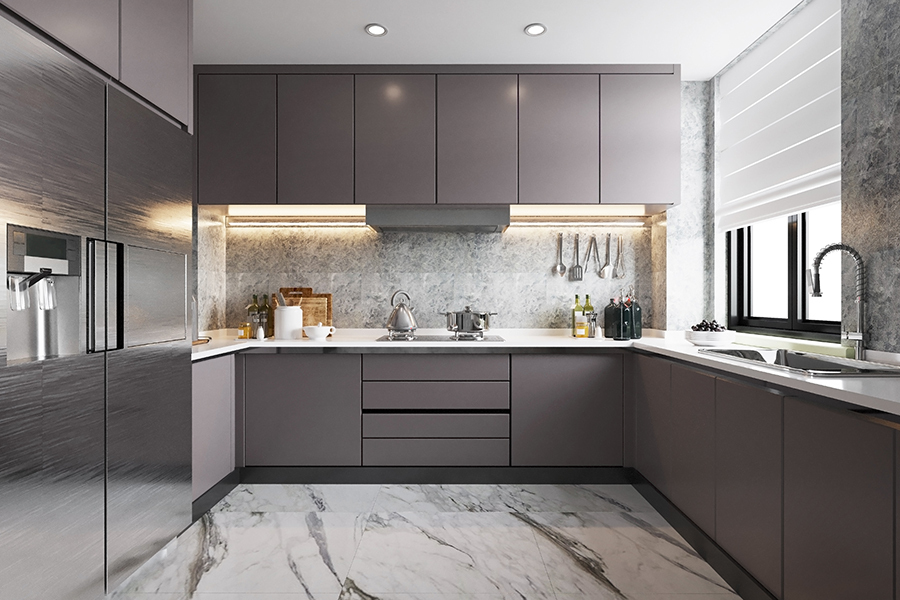
Layering lights means using different types of lighting in combination with each other to create a warm and inviting atmosphere. For example, you can use accent lighting under cabinets or above shelves to highlight specific areas while incorporating decorative pendant lights over an island or dining table.
Another way to layer light is by installing dimmer switches that adjust the brightness according to your mood and activity level. This creates a cozy ambiance and saves energy by reducing unnecessary illumination.
When designing your layered lighting plan, consider the size and layout of your kitchen and its color scheme and style. A modern minimalist kitchen may benefit from sleek recessed downlights combined with linear LED strips for accentuating architectural features such as open shelving or backsplash tiles.
On the other hand, a rustic farmhouse-style kitchen could feature wrought iron chandeliers paired with vintage-inspired sconces for added charm and character.
Combining Accent and Decorative Lights
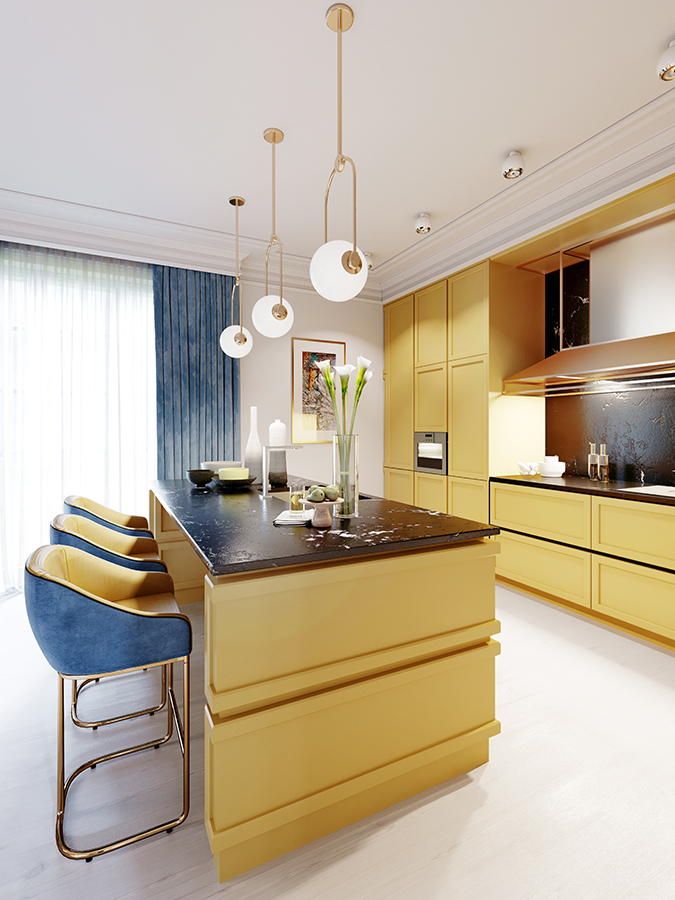
While both types of lighting serve different purposes, they work together to enhance the overall aesthetic appeal of your space. For example, you can use pendant lights as decorative lighting over an island or dining table while using under-cabinet LED strips as accent lighting to highlight task areas such as countertops and backsplashes.
Another way to combine these two types of lighting is by layering them strategically. Start with ambient overhead light fixtures like chandeliers or flush mounts for general illumination throughout the room.
Then add task-specific accent lights like recessed downlights above cooking surfaces or inside cabinets for focused illumination where needed most.
Incorporate decorative elements such as sconces on walls near seating areas or artwork displays that provide additional ambiance without being too bright or distracting from other light sources in the room.
When combining accent and decorative lights, it’s important to consider how each fixture will contribute to your kitchen design scheme’s overall look and feel.
Choosing the Right Fixtures
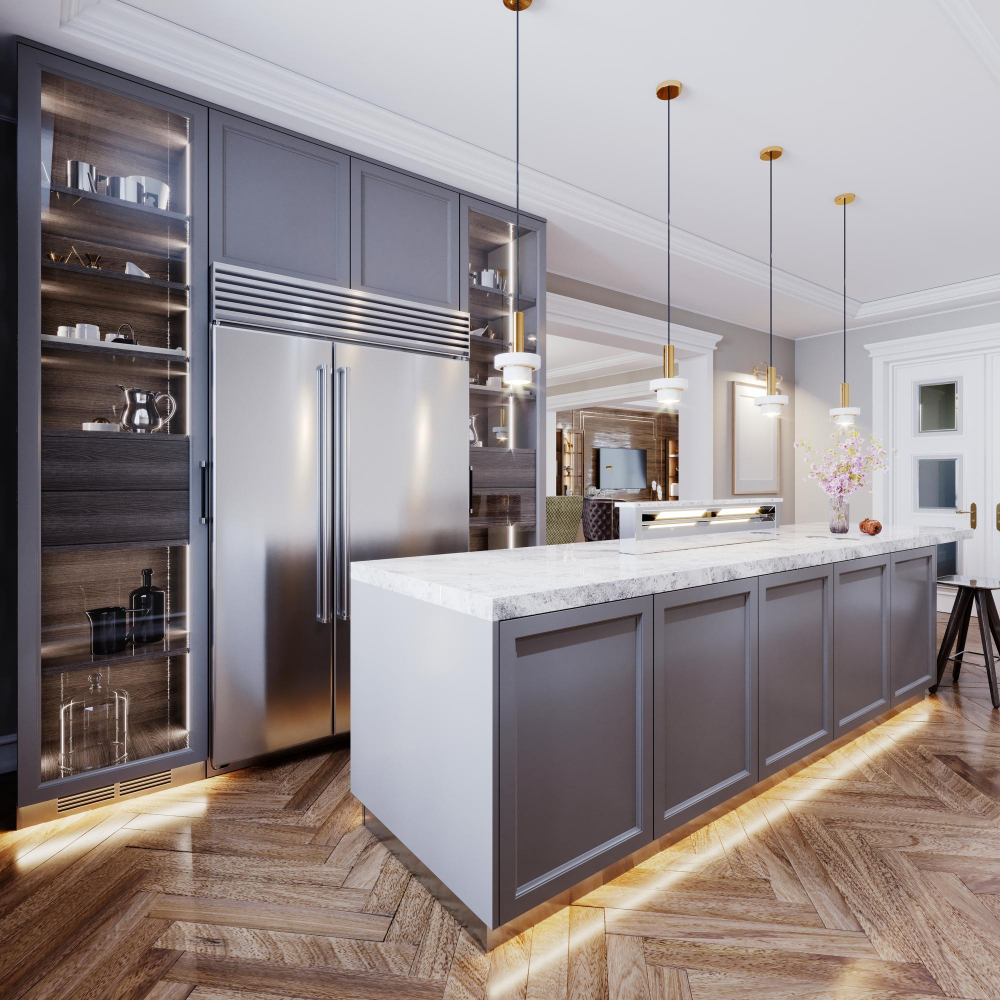
First and foremost, you’ll want to think about the overall style of your space. If you have a modern kitchen with clean lines and minimalistic design elements, sleek pendant lights or recessed lighting may be the way to go.
On the other hand, if your kitchen has more traditional features like ornate cabinetry or decorative tile work, then chandeliers or sconces could be an excellent choice.
Another factor that will influence your fixture selection is functionality. Consider where task areas are located in your kitchen and what type of illumination they require – under-cabinet lighting for food prep areas, pendant lights over an island, and track lighting above open shelving displays.
Lastly, don’t forget about installation requirements when selecting light fixtures! Some types of fixtures may require professional installation due to electrical wiring needs, while homeowners can easily install others.
Installation Tips and Tricks
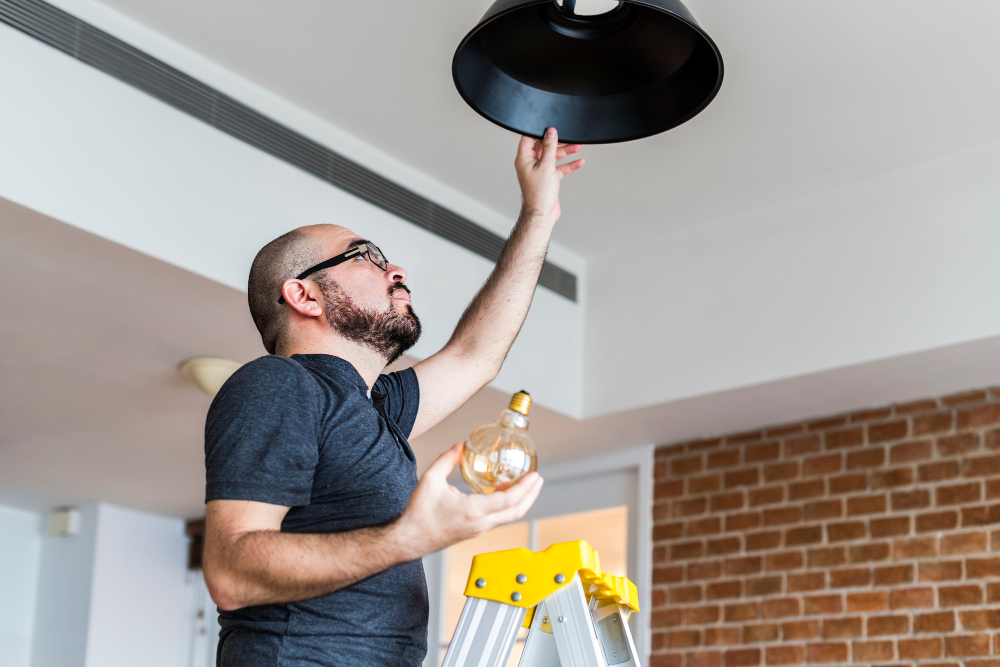
Here are some installation tips and tricks to ensure your new lights look great and function properly:
- Hire a Professional: If you’re not confident in your electrical skills, hiring a professional electrician for installation is always best.
- Plan Ahead: Before installing any lights, ensure a clear plan for where each fixture will go.
- Consider Dimmer Switches: Installing dimmer switches allows you to adjust the brightness of your lights according to different moods or tasks.
- Use LED Bulbs: LED bulbs are energy-efficient and long-lasting compared with traditional incandescent bulbs.
- Hide Wires as Much as Possible: To keep wires out of sight, consider running them through walls or ceilings if possible.
Following these simple tips and tricks during installation ensures that accent lighting and decorative lighting fixtures work together seamlessly while adding visual interest throughout the space without compromising functionality.




